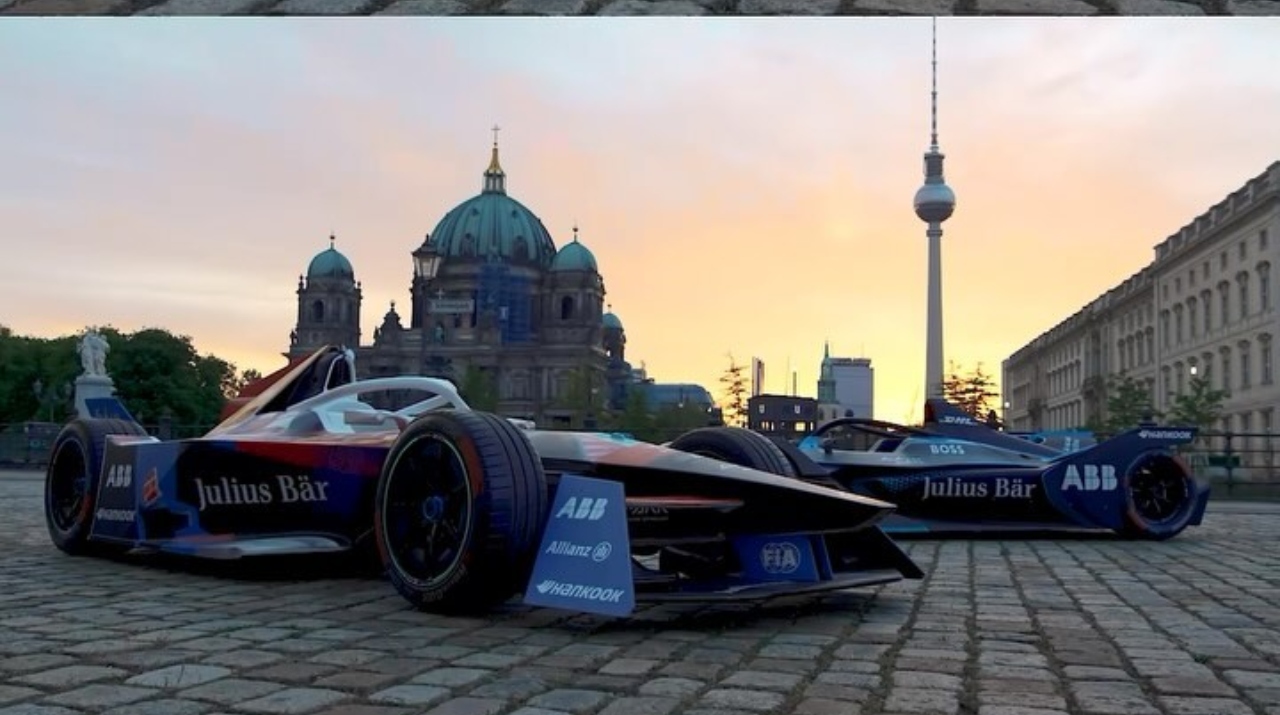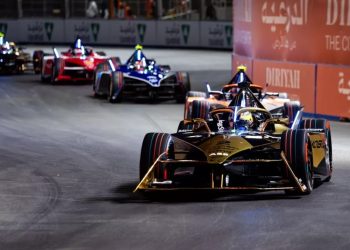The idea of forming a sustainable circuit that would contribute to a better and cleaner world in the face of the terrible climate change were the fundamental premises for the birth of Formula E.
The official Formula E website recounts that the beginnings of what would become the first international championship of electric single-seaters were drafted in a few words on a napkin in a restaurant in Paris. At that time, the President of the International Automobile Federation (FIA), Jean Todt, and Spanish entrepreneur Alejandro Agag, developed the series as a means to showcase the potential of sustainable mobility.
The category made its debut in 2014 at the Olympic Park in Beijing and has experienced significant growth since then. Its inaugural season took place between September 2014 and June 2015.
Related content: Porsche Taycan Turbo GT to Become New Formula E Safety Car

The first steps
In that first championship, McLaren was responsible for supplying the engines, transmissions, and electronic systems for all single-seaters, but from the second edition onwards, each team assembled its own engine.
Dallara was in charge of building the chassis, Michelin was the sole provider of tires, and Williams supplied the batteries until the fourth season.
Unlike Formula 1, this category aims for major cities to host the competitions so that people are inclined to consider purchasing electric cars in the future due to high levels of pollution.
Metropolises like Paris, New York, Berlin, Marrakesh, Hong Kong, and Mexico City have welcomed Formula E. London, Buenos Aires, Moscow, and Montreal have also been part of the calendar. The fact of having a presence in these countries represents prestige for Formula E, as despite having little time, every year they have more cities wanting to host a race.











